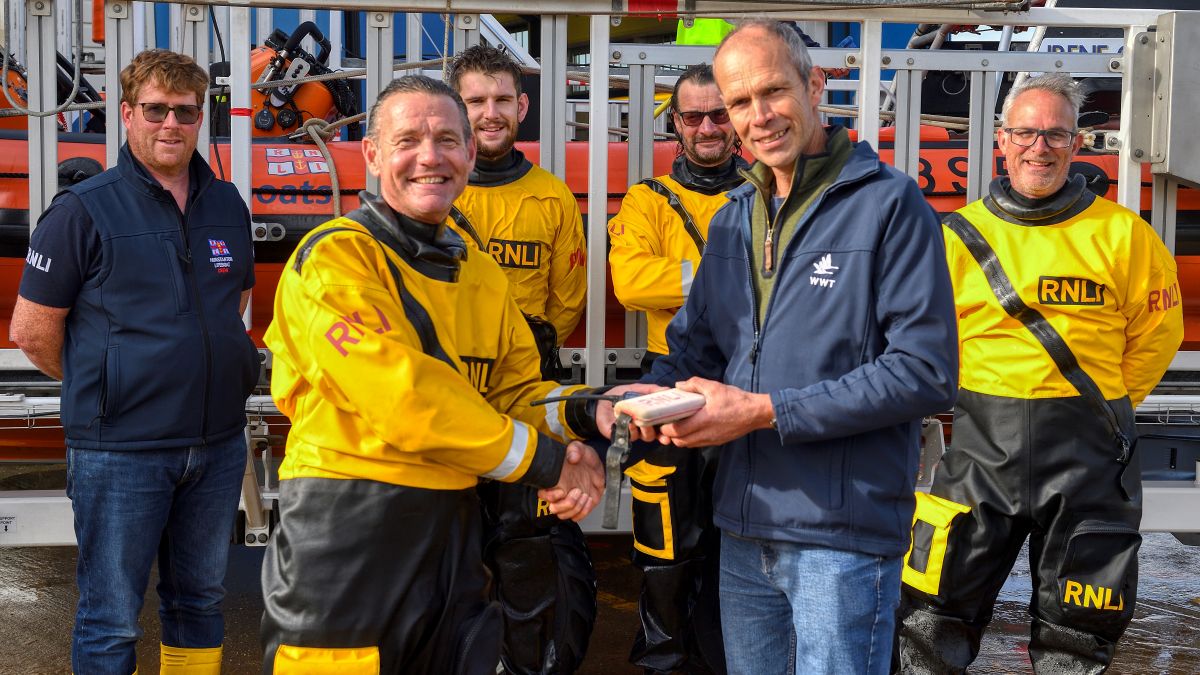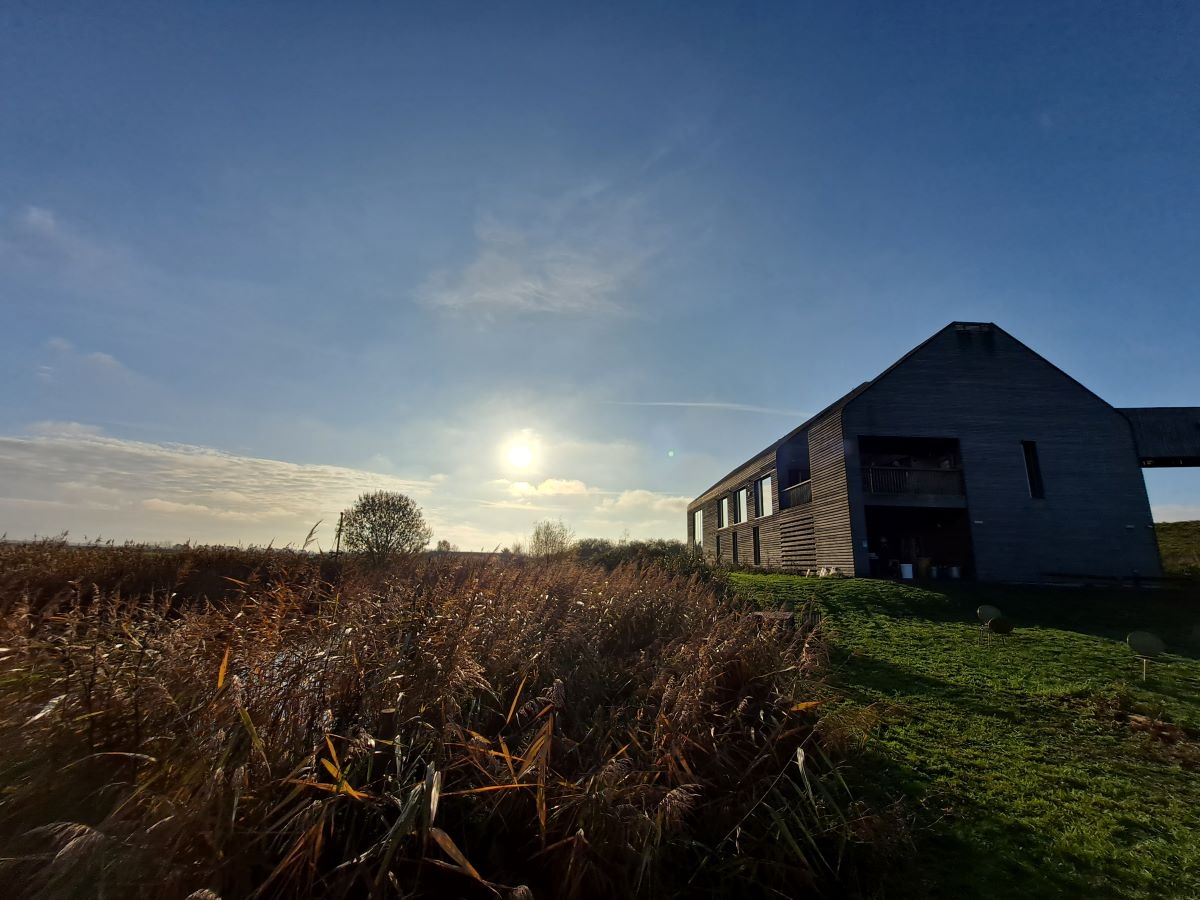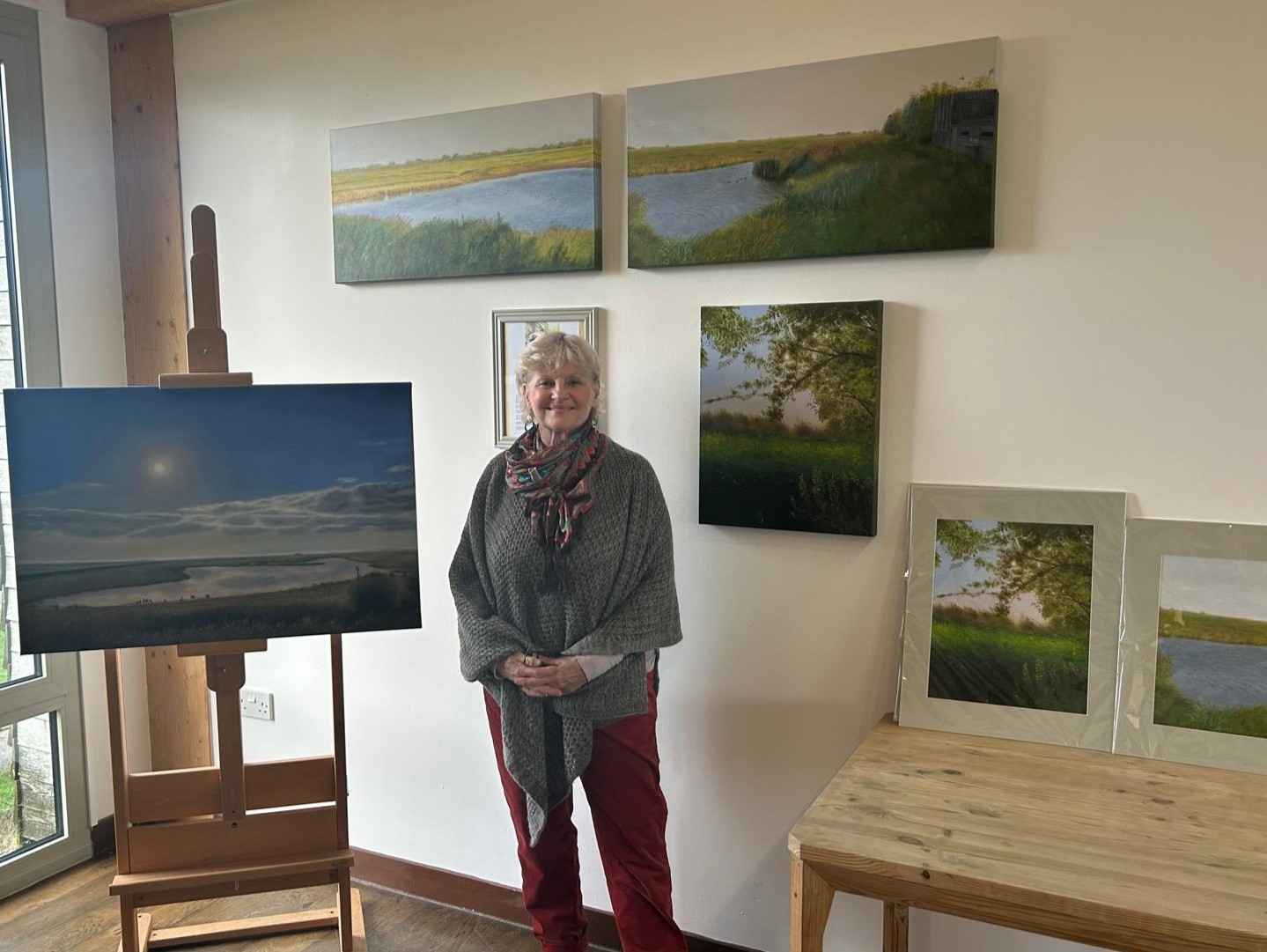Swan numbers peak
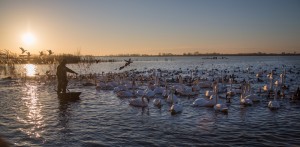
Numbers of whooper and Bewick’s swans on the Ouse Washes are thought to have reached their peak this winter. The huge numbers of swans are providing wonderful spectacles at WWT Welney Wetland Centre, on the border of Norfolk and Cambridgeshire.
As part of an International Swan Census 10,832 swans were counted on Friday 16 January. Staff and volunteers worked together to count the swans, record the number of cygnets that have successfully completed the incredible journey to the UK and look out for any of the individuals marked with leg rings or neck collars.
At WWT Welney, you can enjoy seeing these birds much closer than you would along the whole of their migratory route. The feeding of the swans by the staff and volunteers helps bring these birds close to the main hide whilst providing the birds with some extra winter food.
Louise Clewley, WWT Welney Warden said:
“This time of year is just amazing, with thousands of swans making this area their winter home. It’s a real privilege to go out and monitor these birds, getting a glimpse into their lives. From watching pairs of whooper swans bugling to warn others off their food to listening out for the contact calls of adult Bewick’s swans, softly talking to their young.
It is amazing to think that they travel such vast distances. One particular Bewick’s swans named Madame Cholet was ringed in Russia in 2005 and has been spotted in Ireland, Germany, The Netherlands and East Anglia throughout her annual migrations,”
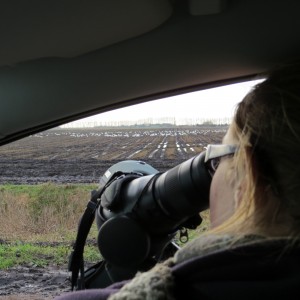
Throughout the winter staff and volunteers work together, to count the swans, as part of ongoing monitoring work. Through these counts we know that an additional 2,436 Bewick’s swans arrived in the UK over the colder Christmas period as numbers were at only 800 in December.
During the day the swans are busy feeding in the fields on sugar beet tops, waste potatoes and winter wheat, but as dusk draws in they return to the Ouse Washes to roost on the water. This daily routine provides brilliant opportunities to see large numbers of swans gliding down onto the reserve, which can be enjoyed from the comfort of the centrally heated main hide. Special floodlit feeds offer the chance to watch the swans getting their last meal of the day as the main lagoon is illuminated.
- 6.30pm swan feeds (Thurs-Sun each week) until Sat 28 February
- 12pm & 3.30pm swan feeds are daily until Sat 8 March
- Swans awake events (6-9am) Sat 14 & Wed 18 February, booking essential, £12 per person.

